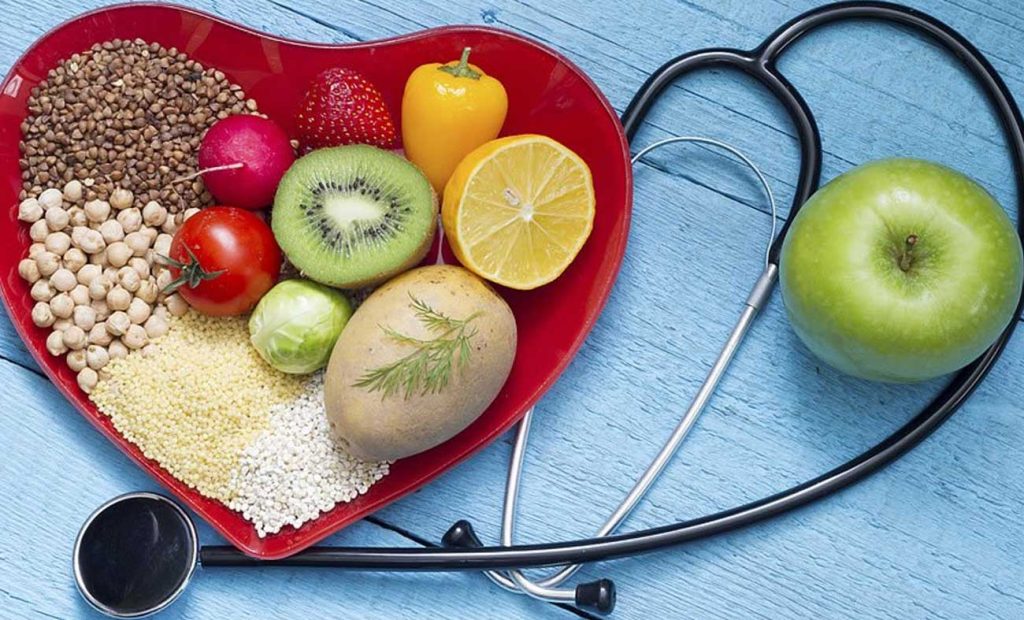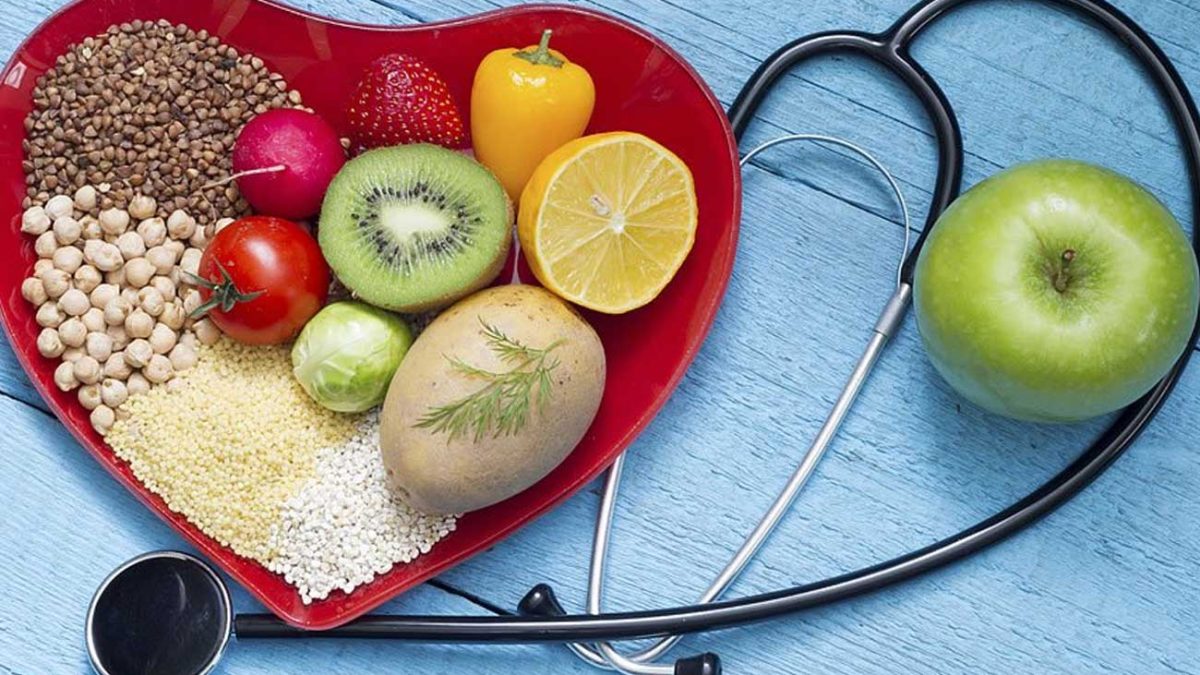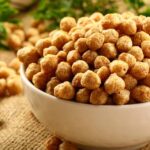Diet Plan For Hyperlipidemia
Diet Plan For Hyperlipidemia – Are you struggling to manage your high cholesterol levels? If you’re one of the millions of people with hyperlipidemia, you know how important it is to maintain a healthy diet to prevent serious health complications. In this blog, we’ll explore the best foods to incorporate and foods to avoid and provide you with a sample Diet Plan For Hyperlipidemia to help you get started on your journey to better health.

By making simple changes to your diet and lifestyle, you can reduce your risk of heart disease, stroke, and other serious health conditions associated with hyperlipidemia. The key is to focus on foods that are high in fiber, heart-healthy fats, and protein while avoiding those that are high in fats, cholesterol, and carbohydrates. With a little bit of planning and dedication, you can take control of your health and enjoy a happier, healthier life.
Understanding Hyperlipidemia: An Overview
Hyperlipidemia is a medical condition characterized by high levels of fats in the bloodstream. There are several types of fats in the body, including cholesterol and triglycerides, which are important for many bodily functions. However, when the levels of these fats become too high, it can lead to serious health problems. One of the main causes of hyperlipidemia is an unhealthy diet, particularly one that is high in cholesterol, and refined carbohydrates.
Other risk factors include genetics, age, and certain medical conditions such as diabetes and obesity. High lipid levels can cause a buildup of plaque in the arteries, which can lead to atherosclerosis (hardening and narrowing of the arteries) and increase the risk of heart disease, stroke, and other cardiovascular diseases. Luckily, hyperlipidemia can be managed through lifestyle changes such as diet and exercise. In some cases, medication may also be prescribed to help lower lipid levels.
Hyperlipidemia Can be Cause By?
Hyperlipidemia can be caused by a variety of factors, including diet, genetics, and medical conditions. The following are some of the most common causes of hyperlipidemia:
Unhealthy Diet: Eating a diet high in saturated and trans fats, cholesterol, and refined carbohydrates can increase lipid levels in the bloodstream.
Genetics: Some people can have hyperlipidemia due to genetic mutations, which means that they were born with genes that affect how their body processes lipids (fats). This can make it harder for their body to break down and remove excess lipids from their bloodstream.
Medical Conditions: Certain medical conditions, such as diabetes, obesity, and hypothyroidism, can increase the risk of hyperlipidemia.
Lifestyle: Lack of physical activity, smoking, and excessive alcohol consumption can all contribute to higher lipid levels.
The Importance of Diet in Managing Hyperlipidemia
Diet plays a crucial role in managing hyperlipidemia, as certain dietary changes can help to reduce high levels of cholesterol in the bloodstream. With the right dietary choices, it is possible to improve lipid levels and reduce the risk of complications associated with hyperlipidemia. One of the key dietary changes for managing hyperlipidemia is reducing the intake of saturated and trans fats. Increasing fiber intake is another important dietary change for managing hyperlipidemia.
Fiber can help to lower LDL levels by binding to cholesterol and preventing it from being absorbed by the body. Foods high in fiber, such as fruits, vegetables, and whole grains, should be incorporated into the diet. It is recommended to consume at least 25-30 grams of fiber per day. Focus on healthy fats such as fish, avocados, nuts, and seeds can help to lower LDL levels. It is possible to make dietary changes that can effectively manage hyperlipidemia and improve overall health.
Diet Plan for Hyperlipidemia
Here’s a sample diet plan for hyperlipidemia that you can use:
Breakfast:
- Masala Omelette (made with 2 egg whites and 1 whole egg) with onions, tomatoes, and spices.
- 1 small whole-grain roti.
- 1 small bowl of curd or plain yogurt.
- Green tea or black coffee.
Mid-Morning Snack:
- 1 small bowl of mixed fruits (such as papaya, apple, and banana).
Lunch:
- A small bowl of dal or lentil soup.
- 1 small bowl of mixed vegetable sabzi (such as aloo gobi, bhindi masala, or lauki kofta).
- 1 small bowl of brown rice or 1 small whole-grain roti.
- Small mixed greens salad with a homemade vinaigrette dressing.
Afternoon Snack:
- Roasted chana or chickpeas.
Dinner:
- A small bowl of chicken or fish curry (made with minimal oil and spices).
- 1 small bowl of mixed vegetable sabzi (such as baingan bharta, tinda masala, or methi aloo).
- 1 small bowl of brown rice or 1 small whole-grain roti.
- Small mixed greens salad with a homemade vinaigrette dressing.
Dessert:
- 1 small bowl of mixed fruits (such as papaya, apple, and banana).
Conclusion
Dietary needs may vary from person to person. You should consult with a healthcare provider or registered dietitian to develop an individualized plan that meets your specific needs and preferences.





